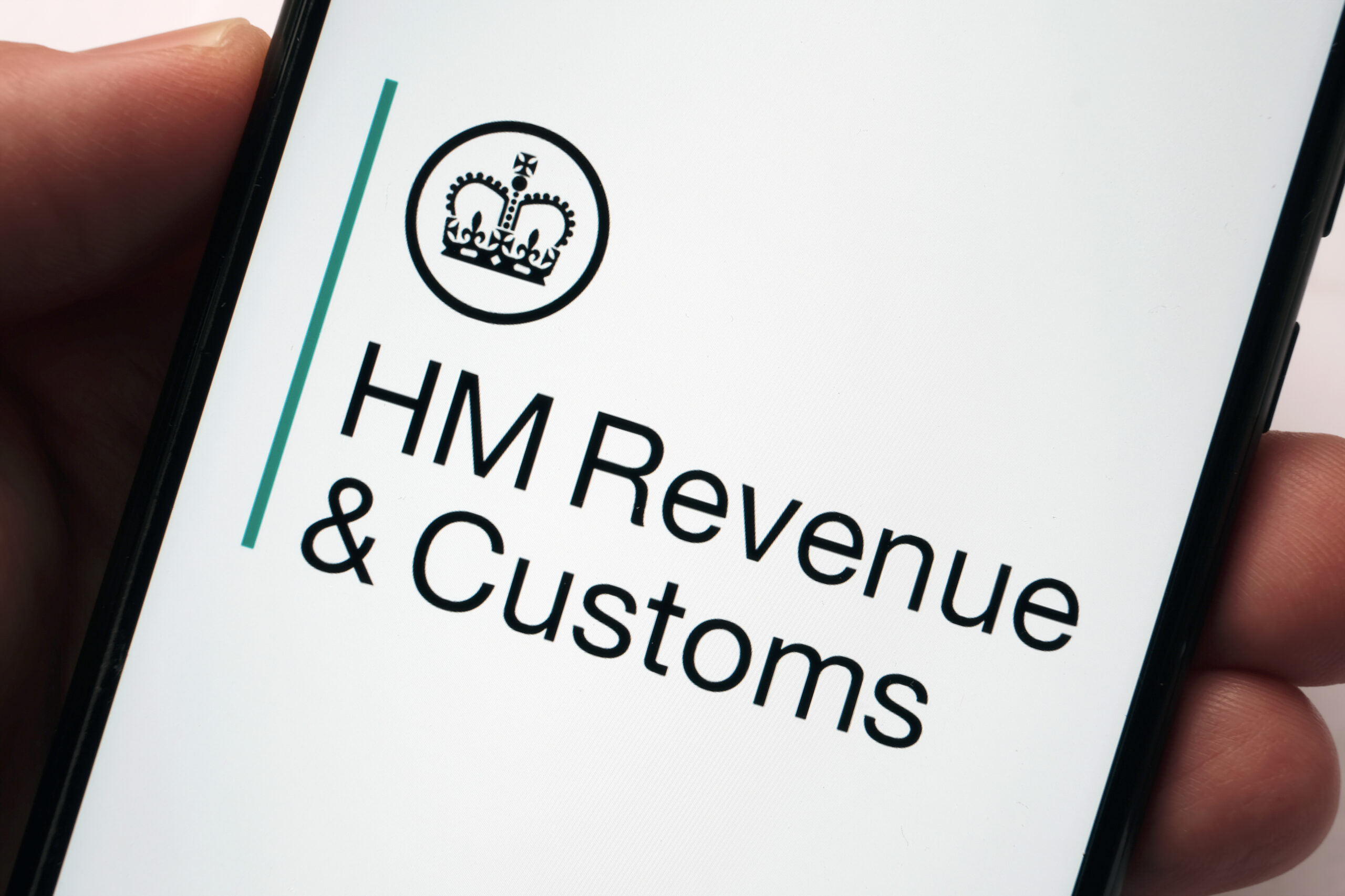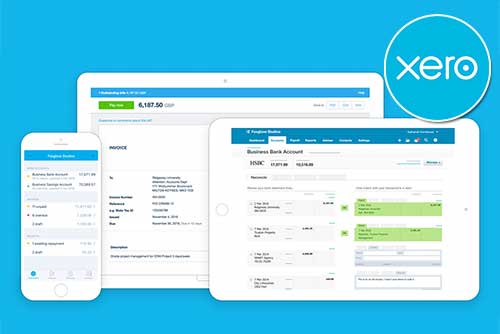What is Cash Flow?
Cash flow is a vital concept in finance, reflecting the movement of cash in and out of a business over a specific period. It’s crucial for understanding a company’s financial health and its ability to meet its obligations, invest in growth, and generate returns for stakeholders.
In this article, we’ll delve into the fundamentals of cash flow, its components, importance, and how to analyse and manage it effectively.
Understanding Cash Flow
Cash flow refers to the net amount of cash and cash equivalents being transferred into and out of a business during a particular period. It’s a measure that tracks the sources and uses of cash, providing insights into a company’s liquidity, solvency, and operational efficiency.
Positive cash flow indicates that a company is generating more cash inflows than outflows, while negative cash flow suggests the opposite.
Types of Cash Flow
- Operating Cash Flow: Operating Cash Flow represents the cash generated or consumed by a company’s core business operations. It includes cash received from customers, cash paid to suppliers and employees, and other operating expenses.
- Investing Cash Flow: Investing Cash Flow reflects cash flows related to investments in long-term assets such as property, plant, equipment, and investments in securities. It includes cash spent on acquiring assets and cash received from the sale of assets.
- Financing Cash Flow: Financing Cash Flow encompasses cash flows from activities involving the company’s capital structure. It includes cash received from issuing stock or borrowing loans and cash spent on repurchasing stock, paying dividends, or repaying debt.
Cash Flow Statement
The cash flow statement provides a comprehensive overview of the movement of money within a business. It’s a financial document that meticulously records the inflows and outflows of cash, offering a clear picture of a company’s financial health.
This statement is divided into three sections, each representing a different type of activity: operations, investing, and financing.
- Operations section: The statement records the cash generated from the company’s core business activities. This includes the cash received from sales and spent on operating expenses.
- Investing section: Tracks the cash used or received from investments, such as the purchase or sale of assets.
- Financing section: Records the cash flow from activities like issuing shares or paying dividends.
How to Calculate Cash Flow
Net Cash Flow Formula
Net cash flow represents the overall change in a company’s cash position over a specific period. It’s calculated as:
Net Cash Flow = Total Cash Inflows – Total Cash Outflows
A positive net cash flow indicates that the company has generated more cash than it has spent, while a negative net cash flow suggests that the company has spent more cash than it has generated.
Operating Cash Flow Formula
Operating cash flow measures the cash generated or consumed by a company’s core business operations, excluding financing and investing activities. The formula for operating cash flow varies slightly depending on the approach used:
- The first approach starts with net income and adjusts for non-cash expenses like depreciation and amortisation, along with changes in working capital (such as accounts receivable, inventory, and accounts payable).
Operating Cash Flow = Net Income + Non-Cash Expenses (such as depreciation and amortisation) + Changes in Working Capital
- The second approach directly calculates operating cash flow by subtracting cash outflows for operating expenses from cash inflows from operations. This approach provides a more direct measure of cash flow from operations.
Cash Flow From Financing Activities Formula
Cash flow from financing activities reflects the cash flows related to a company’s financing activities, such as raising capital and repaying debt. It includes cash received from issuing stock or borrowing funds and cash paid for dividends, stock repurchases, and debt repayment.
Financing Cash Flow = Cash Inflows from Issuing Equity or Debt – (Dividends Paid + Repurchase of Debt and Equity)
A positive cash flow from financing activities indicates that the company is raising capital or increasing its debt, while a negative cash flow from financing activities suggests that the company is paying down debt or returning capital to shareholders.
The Importance of Cash Flow
- Liquidity Management: Cash flow ensures that a company has enough cash on hand to cover its day-to-day operations and meet short-term obligations such as payroll, rent, utilities, and supplier payments.
- Financial Stability: Healthy cash flow is a sign of financial stability and resilience. It provides a buffer against unexpected expenses, economic downturns, or disruptions in revenue streams.
- Investment and Growth: Positive cash flow enables companies to invest in growth opportunities, expand operations, and pursue strategic initiatives.
- Debt Management: Lenders and creditors often assess a company’s cash flow to evaluate its ability to repay loans and meet interest obligations. Positive cash flow enhances a company’s creditworthiness and may lead to more favourable borrowing terms.
- Investor Confidence: Positive cash flow signals operational efficiency and effective cash management, instilling confidence in investors and potentially driving up stock prices. Conversely, negative cash flow may raise concerns about a company’s financial stability and erode investor confidence.
What Is Free Cash Flow and Why Is It Important?
Free cash flow reveals the amount of cash a company has left after it has paid its operating expenses and capital expenditures (CapEx). It’s the money that remains after the company has covered essentials like payroll, rent, and taxes. This leftover cash is at the company’s discretion to use as it sees fit, whether that’s to expand the business, pay dividends, buy back stock, or pay off debt.
A positive FCF suggests that the company is generating more cash than it is spending, which is a good sign of financial health. Conversely, a negative FCF could indicate that the company is spending more than it is earning, which could lead to financial difficulties in the future.
The Bottom Line
Cash flow serves as a barometer of a company’s financial health, liquidity, and operational efficiency. It tracks the movement of cash in and out of a business, providing insights into its ability to meet short-term obligations, invest in growth opportunities, and generate returns for stakeholders.
By analysing cash flow statements and calculating key cash flow ratios, businesses can optimise cash flow management, enhance financial stability, and drive long-term growth.





















